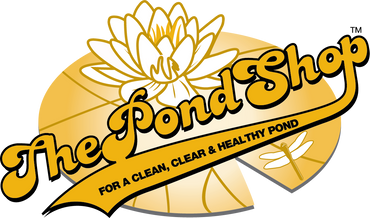Water Lettuce

This mildly toxic pondweed can cause mouth irritation, nausea, vomiting and diarrhea if ingested. The water lettuce roots are submerged, extremely feathery, and grow up to 3 feet in length. Leaves grow in lettuce-like rosettes up to 6 inches in diameter and are distinguished by their wavy edges and ridges and veins. They are thick, light to lime green, and have velvet-like hairs. The fruits of water lettuce are small, green berries, and they contain many seeds. Water lettuce prefers stagnant, slow moving freshwater environments. It can, however, grow in very moist soil as well. Extensive mats of water lettuce on water surfaces reduce light penetration and dissolved oxygen levels in the water, altering native aquatic plant and fish communities and causing a loss of biodiversity. Water lettuce mats also impede boat traffic and clog irrigation canals. Stagnant water created by water lettuce population can also serve as breeding ground for mosquitos.
Prevention
Rapid vegetative reproduction allows water lettuce to form dense mats over entire lakes. Water dispersed seeds can also germinate to expand on existing populations or create new ones. When using water facilities such ponds, lakes, rivers; make sure all clothing, boats, trailers, and any related equipment are free of plant material prior to leaving. New infestations occur when plant fragments stick to objects used in affected waters. Clean and flush watercrafts to rid them of any plant contaminants. Early intervention to regain control of infested areas will help avoid large invasions.
Physical/Mechanical Control
Mechanical control methods that chop and remove water lettuce from the surface of the water and take the remains out of the water body for disposal have proven successful. Long term monitoring and follow-up will be required to avoid future reinvasion. Physical removal in conjunction with chemical control will maximize success.
Chemical Control
When used carefully according to the label instruction, aquatic herbicides can be safe and effective management tools. The products that have been successful in treating water lettuce individually or in combination are Reward and Weedtrine D, Clipper, Aquathol K – liquid, Shore-Klear. A nonionic surfactant Cygnet Plus should be mixed in solution with herbicides when plants are treated.
Shore-Klear is a systemic herbicide that will translocate down into the root systems killing the plant.
Reward is a fast-acting contact herbicide, highly effective in killing any part of the plant that comes into contact with.
Weedtrine D is a contact, non-volatile herbicide for use in controlling submersed and floating aquatics weeds. Weedtrine-D has rapid absorption and herbicide action.
Clipper is a broad spectrum, fast acting contact algaecide/herbicide. It comes in a water dispersible granule that mixes with water to be sprayed or pour. Clipper should be applied to actively growing plants or algal blooms.
Aquathol K (liquid) is a concentrated, highly soluble contact herbicide, effective against a broad range of aquatic plants.
Cygnet Plus is a nonionic wetting agent, sticker, activator and penetrant all in one. Cygnet Plus increases the effectiveness of herbicides uptake into the plant tissue.
